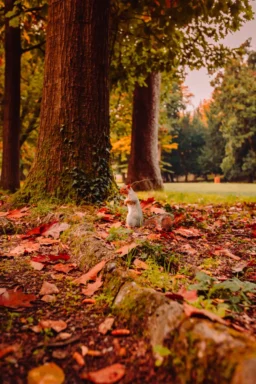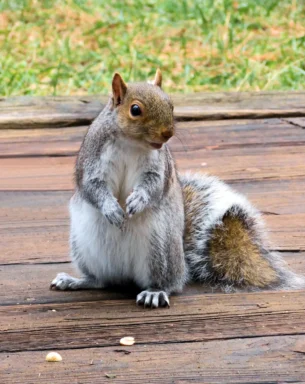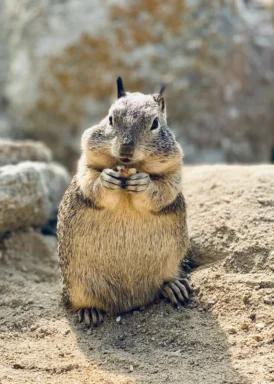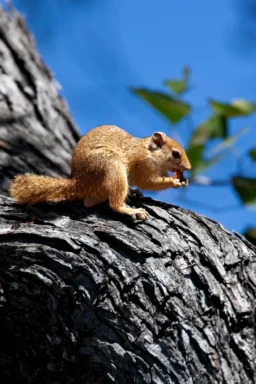The fascinating world of squirrels extends beyond their playful antics and bushy tails into a realm dictated by natural cycles. One such intrinsic cycle is their mating season, a period marked by instinctual behaviors and the promise of new life. Delving into when do squirrels mate, we find an orchestrated rhythm intertwined with the changing seasons.
Squirrels mate one to two times per year, primarily during early spring and summer, with the average litter size ranging from two to four offspring.
Key Takeaways
- The mating season of squirrels aligns with the warmer months, allowing for the nurturing of offspring in favorable conditions.
- Female squirrels experience a short fertility window, igniting a flurry of mating activities.
- Understanding the mating behavior of squirrels provides a glimpse into their survival strategy and the cyclic nature of wildlife.
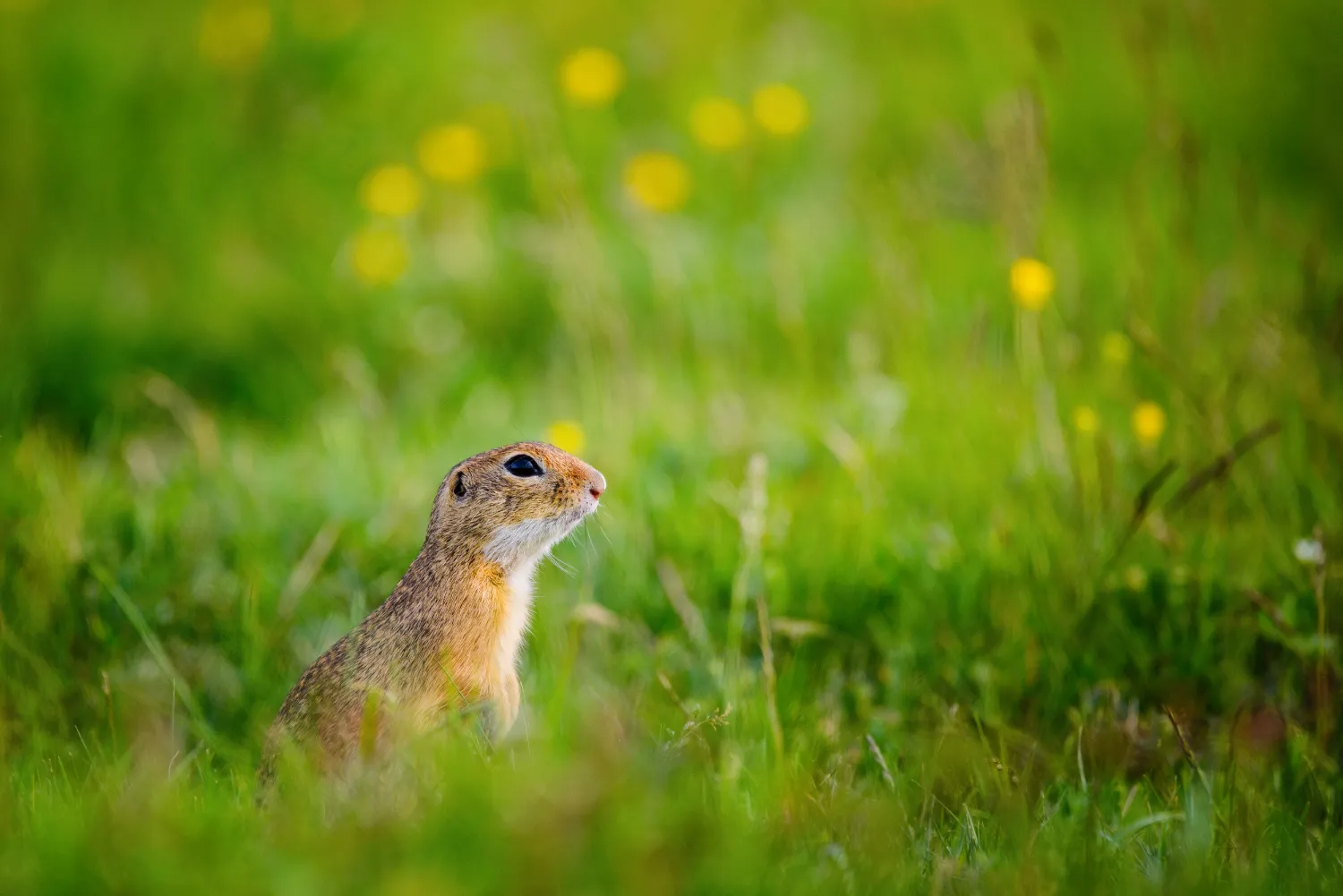
The Call of Spring: Mating in the Warm Months
As the chill of winter gives way to the gentle warmth of spring, squirrels enter a phase of reproductive readiness. The arrival of spring heralds the commencement of the mating season, a period bustling with activity and the promise of new life.
Pre-mating Behaviors:
The buildup to the mating season sees squirrels engaging in pre-mating behaviors such as scent marking and chattering.
Mating Chases:
The female squirrel’s short fertility window triggers mating chases, a distinctive aspect of squirrel courtship.
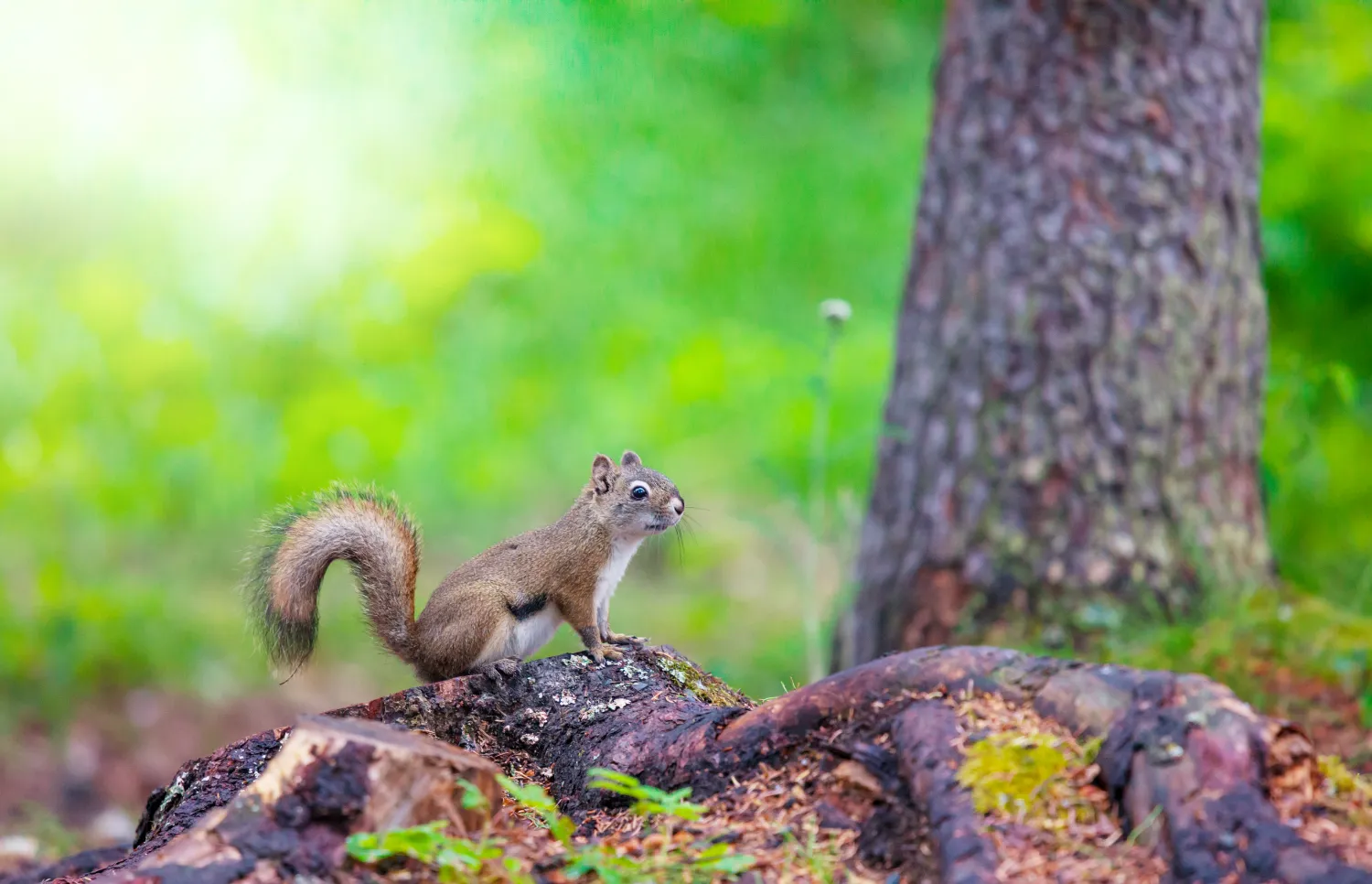
The Summer Brood: Nurturing New Life in Favorable Conditions
The summer months provide a conducive environment for nurturing the new generation. The abundance of food and the mild weather create an ideal setting for the growth and development of young squirrels.
Gestation and Birth:
With a gestation period of 30 to 45 days, the new brood arrives in time to take advantage of the summer’s bounty1.
Early Development:
The initial weeks are crucial for the survival and development of the young squirrels, as they are nurtured by their mother in the safety of the nest.
The Subtle Cues: Understanding Squirrel Mating Behaviors
The mating behaviors of squirrels are a blend of instinctual cues and environmental triggers. As we delve deeper into the nuances of squirrel mating, a tapestry of behavioral intricacies unfolds.
Vocalizations and Scent Marking:
Vocalizations and scent marking play a pivotal role in the mating rituals of squirrels, aiding in attraction and communication between potential mates.
Mating and Post-mating Behaviors:
The actual mating is a brief yet crucial event, followed by post-mating behaviors that ensure the success of the reproductive endeavor.
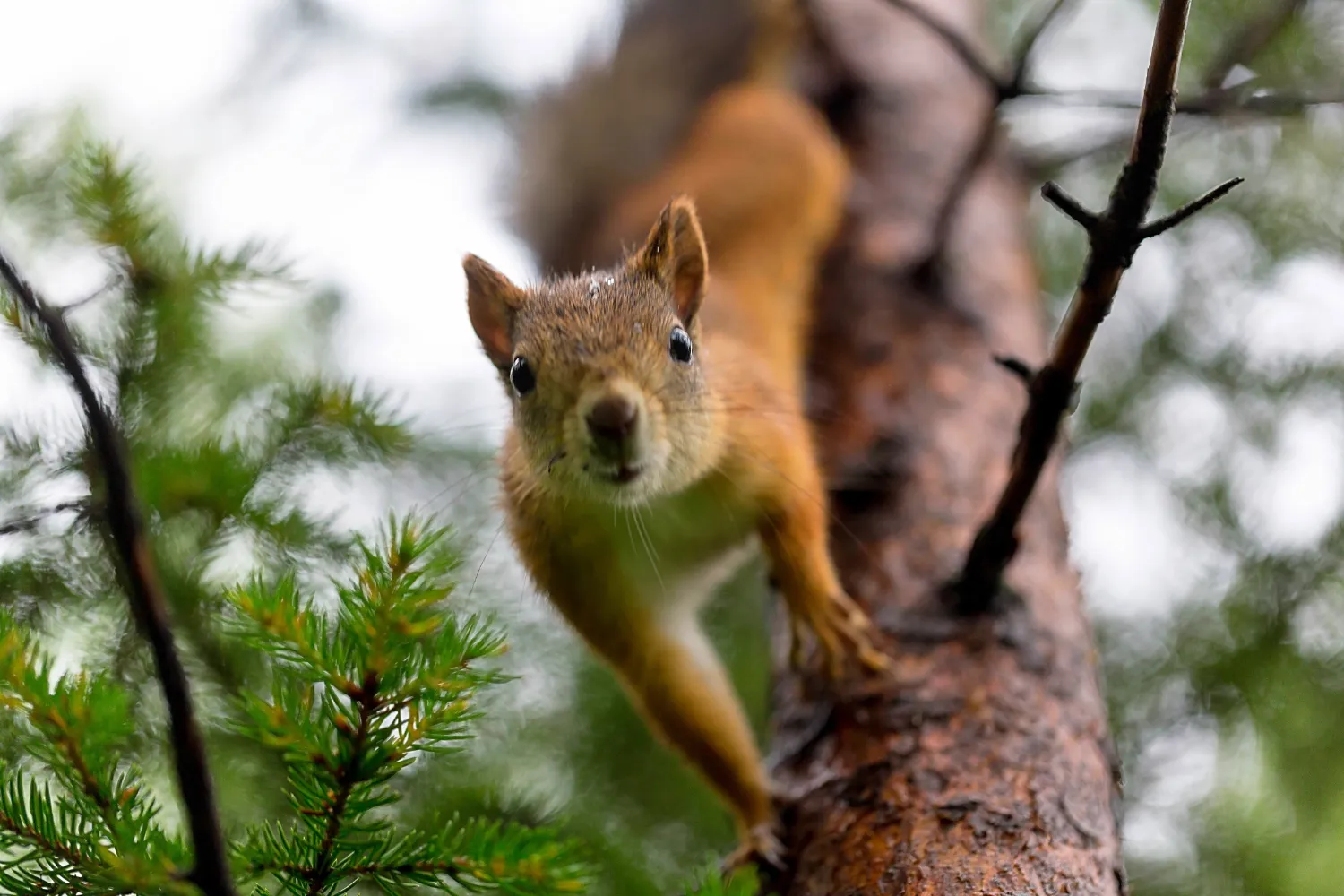
Environmental Resonance: The Impact of Nature on Mating Seasons
The timing of the squirrel mating season is a beautiful orchestration of environmental cues and instinctual responses. Nature's rhythms play a pivotal role in signaling the onset of the reproductive phase for these agile creatures.
Temperature and Daylight:
The increase in temperature and daylight hours during spring act as triggers for the onset of mating behaviors.
Food Availability:
The abundance of food resources during the warmer months supports the energy demands of reproduction and nurturing of offspring.
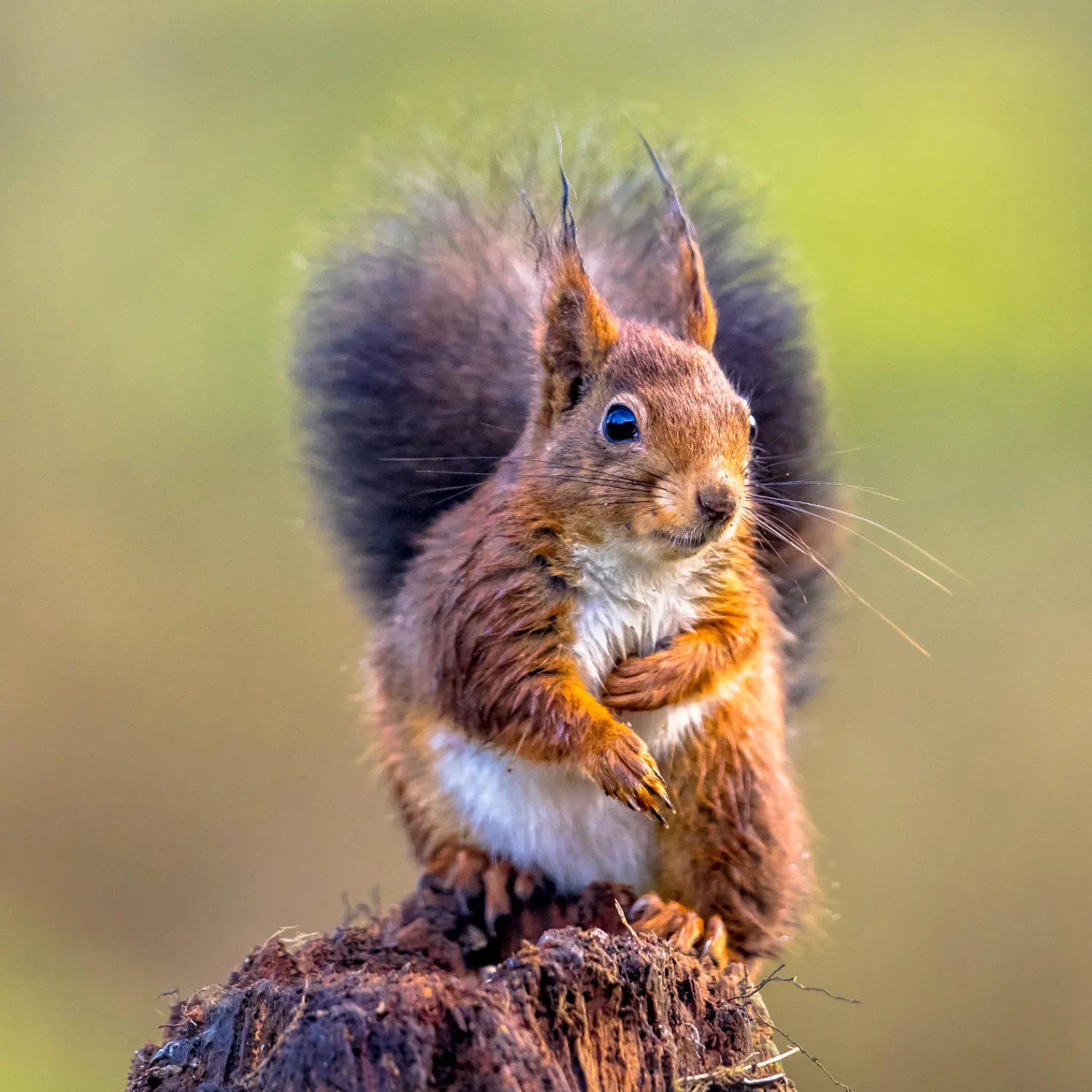
Challenges and Predicaments: The Other Side of Mating Seasons
Despite the orchestrated beauty of the mating season, squirrels face a myriad of challenges that test their survival and reproductive success.
Predator Threats:
The increased activity during the mating season can attract predators, posing a significant threat to both adult squirrels and their offspring.
Competitive Mates:
The competition for mates during the brief fertility window of female squirrels can lead to aggressive interactions among male squirrels.
The Interplay of Behavior and Environment: A Deeper Look
The squirrel mating season is a complex interplay of behavioral patterns and environmental conditions. Delving deeper into their reproductive behaviors unveils a microcosm of life's cyclic nature.
Behavioral Adaptations:
Behavioral adaptations like mating chases and vocalizations are integral to successful mating and ensuring the continuation of the species.
Environmental Synchrony:
The synchrony between squirrel behavior and environmental conditions exemplifies the delicate balance of nature.
Frequently Asked Questions
Do squirrels have a specific mating ritual?
Squirrels exhibit a range of pre-mating and mating behaviors including scent marking, vocalizations, and mating chases to attract and mate with potential partners.
What happens to squirrels after mating?
Following mating, female squirrels will go through a gestation period of 30 to 45 days after which they give birth to a litter of two to four offspring1. Understanding the dietary needs of these newborns and their mothers can be explored further in a previous article on what do squirrels eat.
How do environmental factors affect squirrel mating?
Environmental factors like temperature, daylight, and food availability significantly influence the timing and success of squirrel mating seasons.

